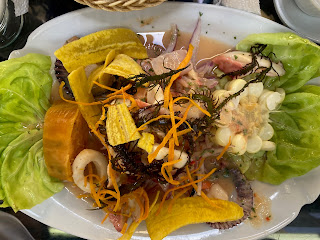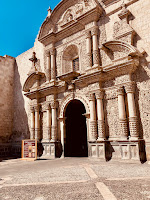DIY guide for the urban gardener in the Silicon Valley

DIY guide for the urban gardener in the Silicon Valley Today Silicon Valley conjures up images of mega-rich techies working for FAANG churning out the latest hi-tech gizmo or app that we didn't know we cannot live without. But it was not always the case. Not too long ago most of the Santa Clara and surrounding counties were very productive fruit orchards (mostly stone fruits like cherries, peaches, apricots, plums etc) that used the new trans-continental railroads to ship produce to eager customers on the East Coast. While such fruit orchards have gone the way of the dinosaur, the excellent growing conditions of rich soil, amenable climate etc have not. This post is to help DIY gardeners get started on their own farm-to-fork experience. So without much ado let's get's started Four major factors to consider when planning your garden: 1) Sunlight : 6-8 hr per day full sunlight is often needed for majority of summer vegetables plants to thrive. Alterna...


